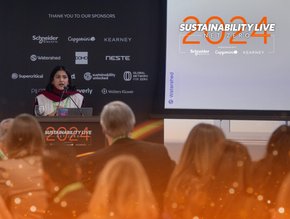U.S. company plans innovative LNG export

Make sure to check out the latest issue of Energy Digital magazine
Last month a Texas company filed an application to the Department of Energy seeking authorization to export up to 2 MTA (million tonnes per annum) of liquefied natural gas to free trade agreement and non-FTA markets.
Texas LNG recently executed an exclusive lease option agreement with the Port of Brownsville in South Texas, to secure a prime location to develop its innovative export project.
The company will employ a toll processing business model whereby the LNG customer will pay Texas LNG a fee for converting natural gas into LNG. A tolling arrangement will proved off-takers flexibility through manageable volumes, maximum arbitrage between global gas markets, and freedom to determine its preferred source and pricing index for feed gas.
The 51 acre site located along the Port of Brownsville's deepwater channel provides an optimal location to develop an LNG export facility. The export facility concept involves a liquefaction barge to be fabricated offsite by an experienced and qualified shipyard. The barge will be permanently grounded so that it will no longer be a floating vessel.
Check out more stories on natural gas:
LNG may be used to power heavy hauler trucks
Shell floats hull for world's largest LNG ship
Natural gas, crude oil growth reshapes economy
LNG export could commence in early 2018 given its smaller scale and footprint, lower Capex requirements, and speed to market strategy. The company plans to make a request to the Federal Energy Regulatory Commission (FERC) to begin the pre-filing process by the end of 2014.
Commencement of construction is subject to regulatory approvals and a final investment decision (FID) contingent upon the company obtaining satisfactory construction contracts and long-term customer contracts sufficient to underpin financing of the project.
“Our unique barge-based liquefaction solution enables Texas LNG to minimize complex onshore civil construction works, reduce the need to construct large LNG tanks onsite, reduce the overall local environmental and labor impact, and expedite speed to market,” said Vivek Chandra, CEO of Texas LNG.






